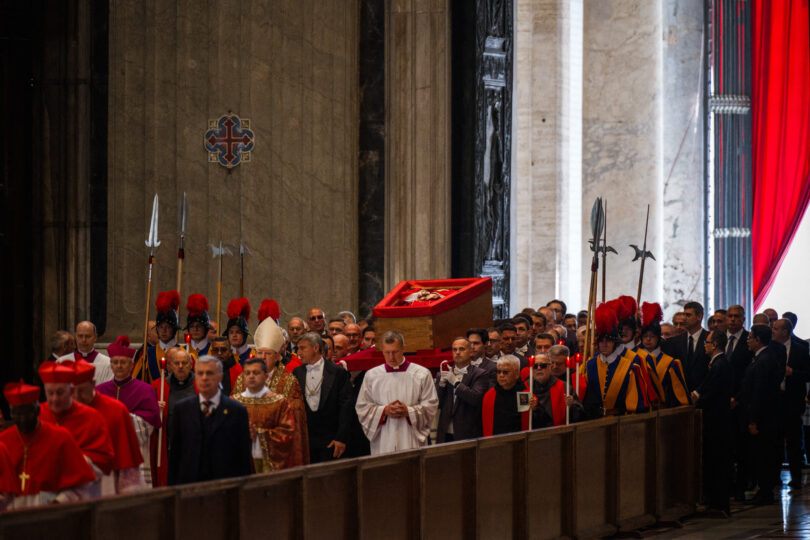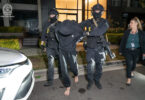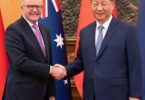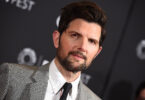*Shared from Deutsches Welles
28 April,2025
Some 250,000 attended Pope Francis’ funeral in Rome on Saturday, including world leaders and ordinary people. DW’s religion correspondent Christoph Strack was there.
“He is like our father, he’s everything to us. That’s why we’re here, because of our love for him,” said Barbara Quarante, who was standing on the edge of St. Peter’s Square. She had arrived the day before as a part of a group of 13 from Calabria in southern Italy, and spent the night in the open air. At her feet, some of the adolescents in the group were still lying in their sleeping bags.
She was determined to bid farewell to Pope Francis, who died on Easter Monday aged 88. “We know that he is with Jesus,” Quarante told DW. “And he can pray for us. We feel united with him.”
Her friend Caterina Longordo said that the pope had “reached young people” and done a lot for them, addressing “the environment and social topics.” That’s why the adolescents had also wanted to come. She added that, despite being an Argentinian by birth, Francis had always been a kind of Italian pope, given that he had ancestors from Piedmont in northern Italy.
Just saying goodbye
According to the Vatican, more than 250,000 people crowded into St. Peter’s Square and the surrounding streets to attend the pope’s funeral. Just six days earlier, Francis had greeted the crowds and given the papal Urbi et Orbi blessing on Easter Sunday from the balcony of the Loggia of Blessings of St Peter’s Basilica.
He died the next day. Tens of thousands of mourners lined up to pay their respects and see his open coffin in the altar of the same building, where Francis had lain in state for three days. The coffin was then sealed to prepare for the funeral.
In his 12 years as pope, Francis was vocal about global politics and expressed his opinions openly, sometimes clashing with world leaders. Ordinary people found the man who wanted to act as a pastor extremely approachable. Everywhere in Rome, there were banners saying “Grazie, Francesco.”
Myrna Domingo, a 72-year-old from the Philippines, who has worked for the same Roman household for 42 years, told DW that she wanted to say “thank you” to the late pope. Each year during Advent the large Filipino community of Rome celebrated Simbang Gabi, a traditional series of masses in anticipation of Christmas, and the pope had allowed them to do this at St Peter’s and had once even made a surprise appearance among them.
There were many young people in the crowd because the pope had intended to canonize Carlo Acutis on Sunday. The young British-born Italian teenager, known for his devotion to the Eucharist, died of leukemia in 2006 at the age of 15. Pope Francis beatified him in 2020, though the canonization has now been postponed.
There were representatives from 150 countries in attendance, including heads of state, royals and politicians. Not since the funeral of Pope John Paul II had there been so many prominent guests. They included UN Secretary-General Antonio Guterres, French President Emmanuel Macron, US President Donald Trump, Ukrainian President Volodymyr Zelenskyy, Brazilian President Luiz Inacio Lula da Silva, DRC President Felix Tshisekedi, European Commission President Ursula von der Leyen and German President Frank-Walter Steinmeier.
It was revealed after the ceremony that Trump and Zelenskyy had met at the Vatican, the first encounter since their spat in the Oval Office in February.
‘With a heart open to all’
Giovanni Battista Re, the current Cardinal Dean of the College of Cardinals, had the special role of presiding over the funeral service. “He was a pope in the midst of the people with a heart open to all,” the 91-year-old preached. “He was also a pope attentive to what was new in society and to what the Holy Spirit was arousing in the Church.”
Some 135 cardinals are expected to meet in around two weeks’ time to elect Francis’ successor. Though they are currently united in mourning for the late pope, they did not all agree with his more progressive views, and a battle has already begun over the future of the Church.
*This article originally published by Deutsches Welles








